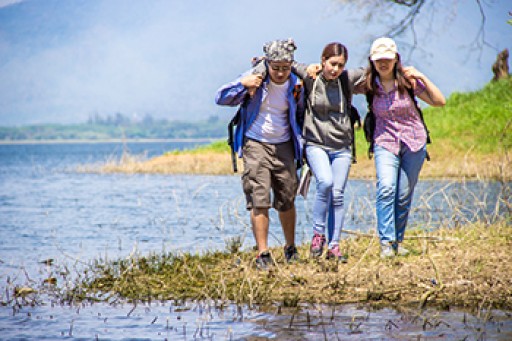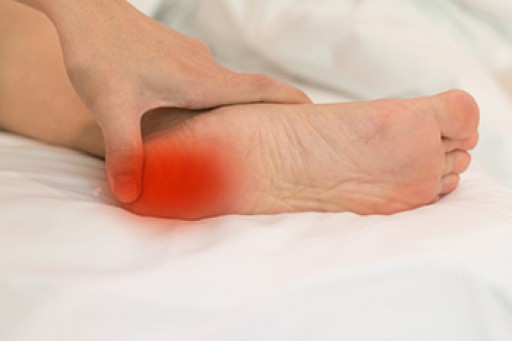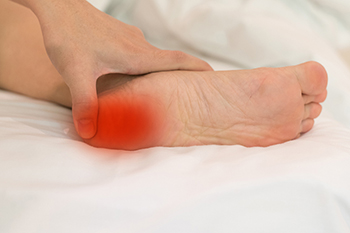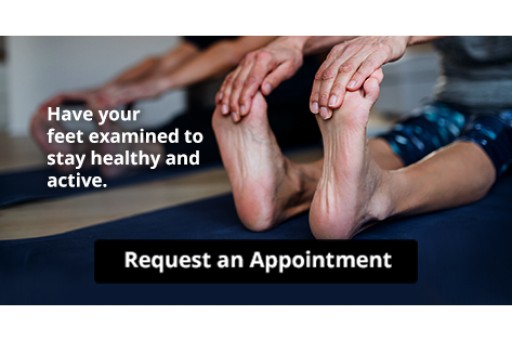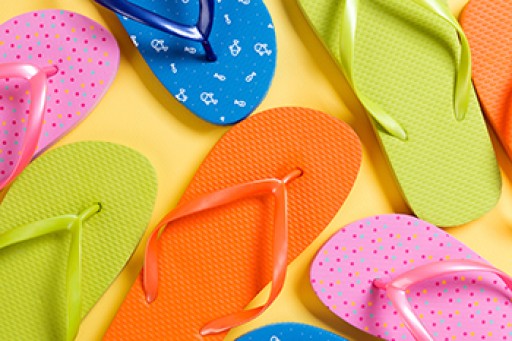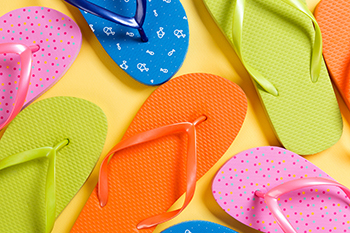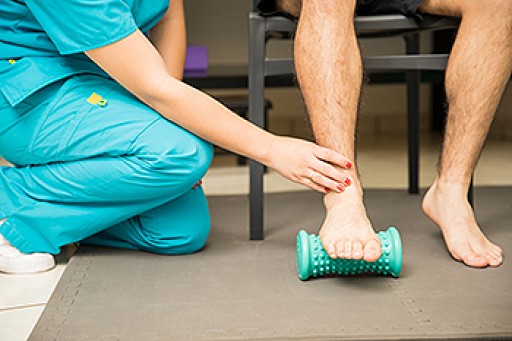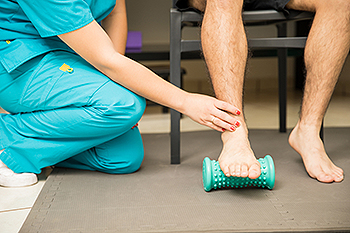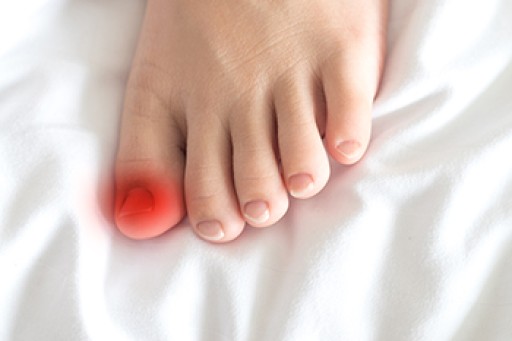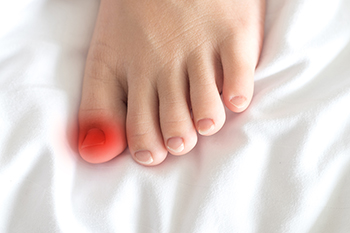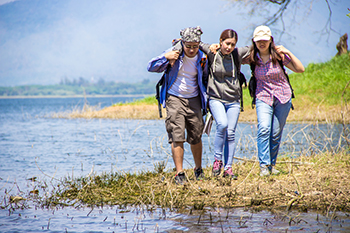
If you are a hiker, you probably relish in the fresh air and exercise hiking gives you. However, as with any other athletic pursuit, hiking can cause injury or discomfort to the feet. If feet are not well-soled, well-rested, or stretched and strengthened for hiking participation, foot problems can easily arise. Foot pain after hiking is typically symptomatic of a foot injury. Repetitive stress on the feet or carrying a heavy backpack while hiking can cause such injuries. Common hiking foot injuries include capsulitis or inflammation of tissues surrounding a joint. This often happens around the ball of the foot and can lead to pain and swelling. This can also affect just one toe, and if left unattended, can lead to hammertoe. Pain might alternatively be centered in the heel area and cause a heel spur and/or plantar fasciitis. If you hike for exercise or pleasure, make sure you wear well-fitted shoes for the activity, stretching and strengthening foot exercises prior to exercising, and rest between hikes. If foot pain persists, it is suggested that you make an appointment with a podiatrist for a diagnosis and treatment plan.
Sports related foot and ankle injuries require proper treatment before players can go back to their regular routines. For more information, contact one of our podiatrists of Footcare Now. Our doctors can provide the care you need to keep you pain-free and on your feet.
Sports Related Foot and Ankle Injuries
Foot and ankle injuries are a common occurrence when it comes to athletes of any sport. While many athletes dismiss the initial aches and pains, the truth is that ignoring potential foot and ankle injuries can lead to serious problems. As athletes continue to place pressure and strain the area further, a mild injury can turn into something as serious as a rupture and may lead to a permanent disability. There are many factors that contribute to sports related foot and ankle injuries, which include failure to warm up properly, not providing support or wearing bad footwear. Common injuries and conditions athletes face, including:
- Plantar Fasciitis
- Plantar Fasciosis
- Achilles Tendinitis
- Achilles Tendon Rupture
- Ankle Sprains
Sports related injuries are commonly treated using the RICE method. This includes rest, applying ice to the injured area, compression and elevating the ankle. More serious sprains and injuries may require surgery, which could include arthroscopic and reconstructive surgery. Rehabilitation and therapy may also be required in order to get any recovering athlete to become fully functional again. Any unusual aches and pains an athlete sustains must be evaluated by a licensed, reputable medical professional.
If you have any questions please feel free to contact our offices located in Elmhurst Jackson Heights, and Astoria, NY . We offer the newest diagnostic and treatment technologies for all your foot and ankle needs.
